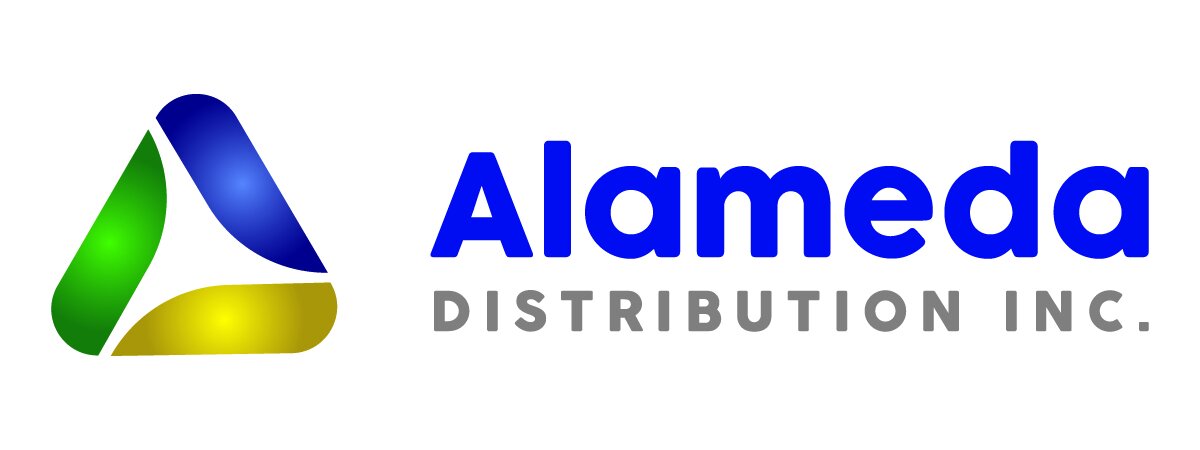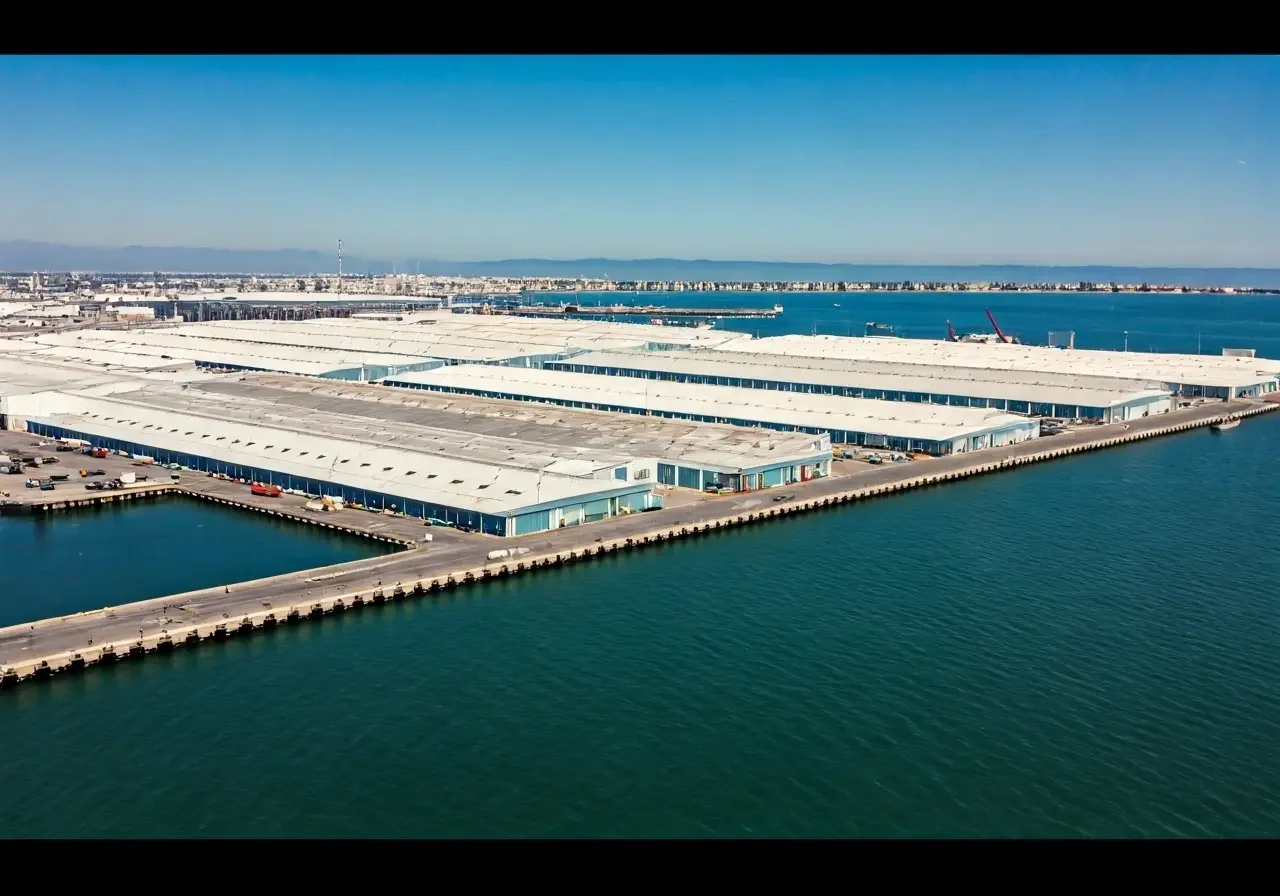10 Essential Tips for Utilizing 3PL Warehouses Near Long Beach Effectively
Diving into the world of third-party logistics (3PL) can be overwhelming, especially when you're aiming to make the most out of warehouses near Long Beach. Here's a handy guide packed with essential tips to help you harness the potential of these facilities effectively.
1. Understanding Your Storage Needs
Before you dive into the 3PL realm, it's crucial to assess what exactly your storage requirements are. Consider the size, type, and frequency of your shipments to ensure you choose the right facility. Whether you're storing perishable goods, bulky items, or need climate-controlled environments, each requirement might lead you to different warehouse solutions. Start by conducting a detailed analysis of your inventory needs over the past few months and try to forecast future demands. This practice not only helps in selecting the appropriate warehouse but also in avoiding unnecessary costs and complications down the line.
Additionally, understanding the flow of your supply chain can aid in making informed decisions about your storage needs. For instance, if your products are time-sensitive, you might benefit from facilities that offer rapid handling and dispatch services. Factor in how long your products typically stay in storage and the volume of goods moved in and out. 3PL warehouses offer various solutions that can match any logistical request, ensuring efficiency and cost-effectiveness.
2. Prioritizing Location and Accessibility
Proximity to major routes, ports, and your business locations can significantly impact efficiency. So, prioritizing a conveniently located 3PL warehouse is always a smart move. Long Beach is a bustling hub with access to significant transportation corridors which can enhance the speed of your operations. Warehouses that are closer to your suppliers and distribution centers reduce transit times, ultimately improving your overall logistical performance.
Consider how the location impacts the reach of your products to your customers. Warehouses situated near key shipping lines and airfreight facilities might provide faster delivery options. Additionally, don’t overlook infrastructure developments or traffic patterns that might alter accessibility over time. A strategic location can lead to significant cost savings and a competitive edge in your market.
3. Optimizing Warehouse Space
Making the most of available space within the warehouse can reduce costs and improve operations. Collaborate with the warehouse on how best to organize your inventory. Consider principles of vertical space utilization or lean inventory strategies to efficiently manage your storage footprint. The arrangement and placement of stock can directly impact the speed of order fulfillment and accuracy, typically reducing waste of resources and time.
Engage with your warehousing partner to discuss options such as automated storage solutions or optimized pick paths, which may improve operational productivity. Well-organized warehouse layouts that implement technological systems such as barcoding or RFID can ensure your inventory is always ready to meet demands promptly. By analyzing your flow of goods, you can tailor your warehouse setup for optimal throughput.
4. Leveraging Technology
Incorporating the latest warehouse management systems (WMS) can streamline processes. Explore what technological advancements your 3PL partner offers for seamless operations. Modern WMS offer features that improve inventory tracking, labor management, and operational transparency. With real-time data access, you can promptly address issues such as stockouts or overstocks, enhancing the service level you offer to your customers.
Embrace opportunities to integrate automation technology in your logistics operations like Autonomous Mobile Robots (AMRs) or conveyor systems which can reduce labor costs and increase efficiency. A technological edge can distinguish your logistics from competitors and can respond to fluctuating demands swiftly and accurately. The implementation of IoT devices for centralized monitoring of conditions can also ensure product safety, especially for sensitive goods.
5. Building Strong Communication Channels
A clear and constant line of communication with your 3PL partner is key to preempting issues and ensuring smooth operations. Regular updates and feedback loops are essential. Set up regular check-ins and establish direct lines of contact for both strategic planning and crisis management. This ensures alignment on shared goals and objectives and can help identify potential problems quickly.
Make use of collaborative software tools that facilitate transparency and accountability in your operations. This includes shared platforms for order tracking, inventory reports, and passable dashboards for easy monitoring. Cultivating these pathways early on helps build a stronger partnership and adapts to unforeseen changes or market conditions efficiently.
6. Ensuring Compliance with Regulations
Familiarize yourself with the local, state, and federal regulations to ensure the warehouse complies with necessary legal and environmental standards. Understanding the compliance measures that a 3PL warehouse adheres to is critical for safeguarding against liabilities. This includes certifications related to health and safety, hazardous materials handling, and any industry-specific regulations that pertain to your goods.
Regulatory compliance isn’t just a legal necessity but also affects your reputation and credibility as a business. Establishing that your partner warehouse follows environmental regulations can be a part of your corporate responsibility. Stay informed about updates in regulations, and discuss with your 3PL how they ensure adherence across all their processes, from handling to transport.
7. Negotiating Favorable Rates
Don't be afraid to negotiate terms that work best for your business. Understanding market rates can give you the upper hand during discussions. Analyze the logistics landscape periodically to identify competitive pricing trends. Consider leveraging your growth potential or long-term contracts as a bargaining tool to obtain better deals from your 3PL partner.
Some 3PL warehouses might offer discounts or specialized services based on your volume or commitment level. Additionally, consider novel negotiables such as service level agreements or guaranteed turnarounds which align with various business strategies. Constructive negotiations should focus on mutual benefits, positioning your business for success while ensuring the 3PL meets its operational goals.
8. Planning for Seasonal Changes
Adjust your logistics strategy based on seasonal demand fluctuations to avoid issues like overstocking or stockouts. Understand your peak seasons and work closely with your 3PL partner to ensure inventory levels align with your sales projections. Effective forecasting models can offer insights into past seasonal trends, assisting you in preparing more accurate inventory levels during peak periods.
Leverage seasonal data from past performances to predict trends and fluctuations and adjust your logistics planning accordingly. By coordinating with your warehouse partner, you can organize special promotions, consider temporary storage options, and secure the necessary resources to handle increased activity proficiently. This preparedness helps maintain customer satisfaction and minimizes financial risk.
9. Focusing on Security Measures
Evaluate the security protocols in place at the warehouse to protect your inventory from theft or damages. Warehouse security is critical as it safeguards your valuable inventory from potential threats. The security measures should encompass both physical assets like surveillance cameras and perimeter fencing, as well as cybersecurity tools that protect sensitive logistical data.
Discuss with your 3PL provider about their strategies for handling security threats or breaches and how they ensure inventory integrity. Regular audits and updates to security protocols can underpin robust defenses, ensuring peace of mind and operational continuity. Security measures should also include disaster recovery plans to mitigate the impact of unexpected events, ensuring a reliable and uninterrupted supply chain.
10. Improving Employee Training
Work with your 3PL warehouse to ensure that the workforce handling your goods is well-trained and proficient in managing your specific needs. Employee training is essential for maintaining high standards of operation. Well-trained staff can significantly decrease error rates and improve order accuracy, which is vital for maintaining customer satisfaction and trust.
Consider investing in regular training sessions that cover new technologies, safety protocols, and essential procedures specific to your goods. Encourage continuous learning and skill development to enhance productivity and morale. A thorough understanding of operational problems ensures that employees can react effectively to unexpected scenarios, helping maintain smooth operations and achieving logistics goals.

